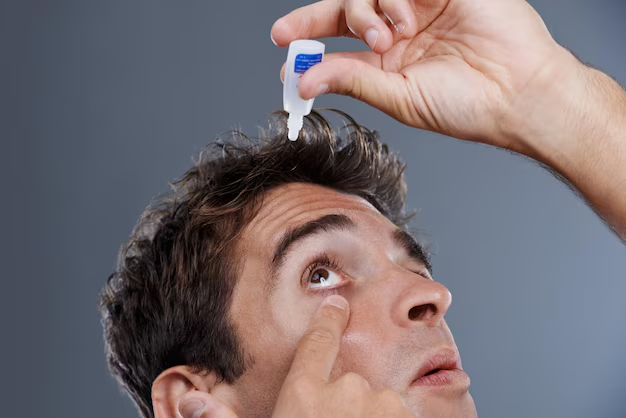Navigating Eye Drop Costs After Cataract Surgery: What You Need to Know
Cataract surgery is a significant step toward restoring clear vision, but the journey doesn’t end at the operating table. Post-surgical care is crucial, and this often involves the use of eye drops to promote healing and prevent infection. Amidst this recovery phase, many patients face a different kind of challenge: navigating the costs of prescription eye drops. Among these, some are notoriously pricey. This article delves into the factors influencing the cost of post-cataract surgery eye drops, explores potential alternatives, and offers insights on how to manage these expenses effectively.
Why Eye Drops Are Critical After Cataract Surgery
After cataract surgery, your eye requires an environment conducive to healing. Eye drops play a vital role in this process, commonly used to:
- Prevent Infection: Antibiotic drops help fend off potential infections by eliminating bacteria.
- Reduce Inflammation: Steroid drops can decrease swelling and redness, aiding in faster recovery.
- Maintain Comfort: Lubricating drops relieve irritation and dryness, ensuring a smoother recovery experience.
Given the crucial nature of these medications, understanding their costs and alternatives can empower patients to make informed decisions.
The Most Expensive Eye Drops: Factors Influencing Costs
Brand vs. Generic: What’s the Difference?
Branded medications are typically more expensive due to formulation patents, marketing, and development costs. On the other hand, generic versions offer the same active ingredients at a reduced price, making them a more budget-friendly option without compromising efficacy.
Specialized Formulations
Some eye drops after cataract surgery contain preservatives to enhance shelf life, which can also increase costs. However, preservative-free versions are often recommended for sensitive eyes but come with a higher price tag due to specialized manufacturing processes.
Insurance and Coverage
Insurance policies vary widely, influencing out-of-pocket costs for eye drops. Understanding your insurance coverage, including preferred pharmacies and medication tiers, is essential for minimizing these expenses.
Pharmaceutical Market Dynamics
Price fluctuations can result from broader market dynamics, including demand and supply issues, impacting the cost of both branded and generic eye drops over time.
Exploring Cost-Effective Alternatives
Discussing with Your Ophthalmologist
Engage in an open discussion with your eye care provider about cost-effective eye drop options. Ophthalmologists can often recommend suitable generics or alternatives that align with your budget without sacrificing quality.
Bulk Purchasing and Discounts
Some pharmacies offer discounts on bulk purchases or special deals. Inquire about possible discounts or savings programs that could alleviate financial pressure.
Assistance Programs
Pharmaceutical companies sometimes offer patient assistance programs for those unable to afford their prescribed medications. Eligibility criteria vary, so it’s worth researching and applying where applicable.
Tips for Managing Post-Surgery Eye Drop Costs
- Create a Budget: Plan for potential costs associated with post-surgery recovery, including medications.
- Utilize Online Resources: Online forums and community groups often share personal experiences and tips for saving on eye drops, providing a practical resource for patients seeking advice.
- Stay Informed: Keep abreast of any updates in medication guidelines post-surgery to ensure that you are using the most effective and affordable options available.
Summary: Key Takeaways For Managing Eye Drop Costs 💡
- Discuss Options: Engage with your healthcare provider to explore generic alternatives.
- Insurance Insights: Understand your insurance benefits and how they affect your medication costs.
- Assistance Programs: Investigate patient assistance programs for eligibility.
- Shop Smart: Consider bulk purchasing options and pharmacy loyalty discounts.
- Stay Informed: Regularly check for updates on post-cataract surgery medication guidelines.
Broader Context: The Financial Impact of Post-Surgery Care
The costs associated with post-cataract surgery care extend beyond eye drops. Patients should consider travel expenses for follow-up visits and potential lifestyle adjustments during recovery. Planning ahead can mitigate unexpected financial strain, enhancing the overall recovery experience.
Closing Insight: Empowering Patients Through Knowledge
Understanding the dynamics of post-surgery eye drop costs empowers patients to navigate their recovery journey with confidence. By staying informed, engaging with healthcare providers, and exploring cost-saving strategies, patients can minimize expenses and focus on what truly matters: achieving optimal vision health.
